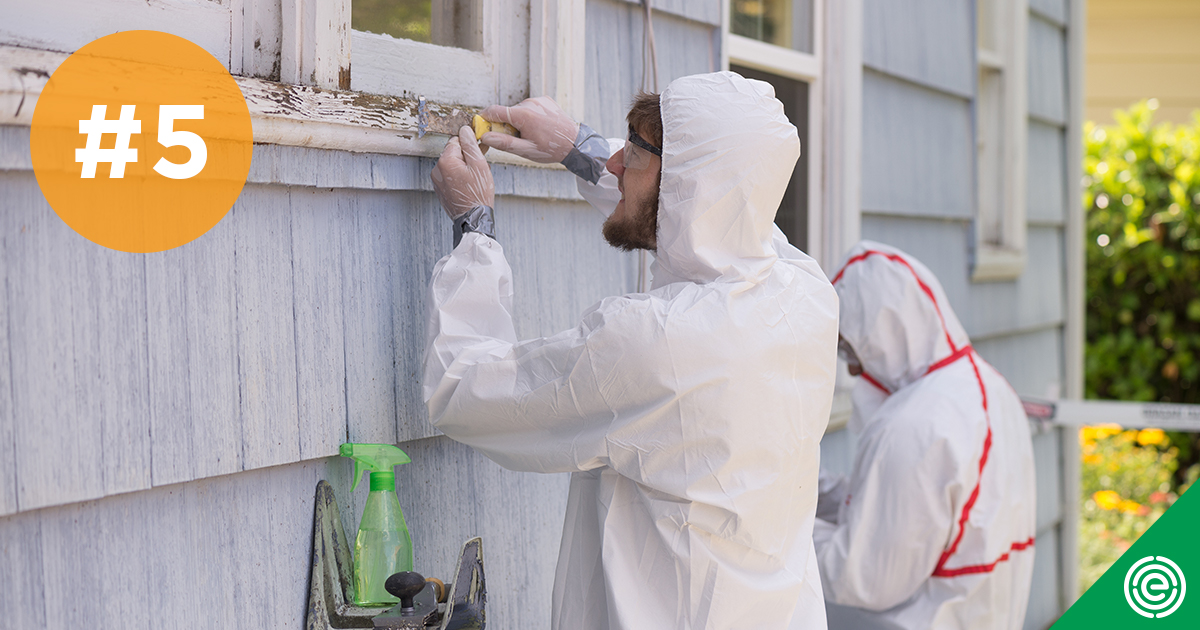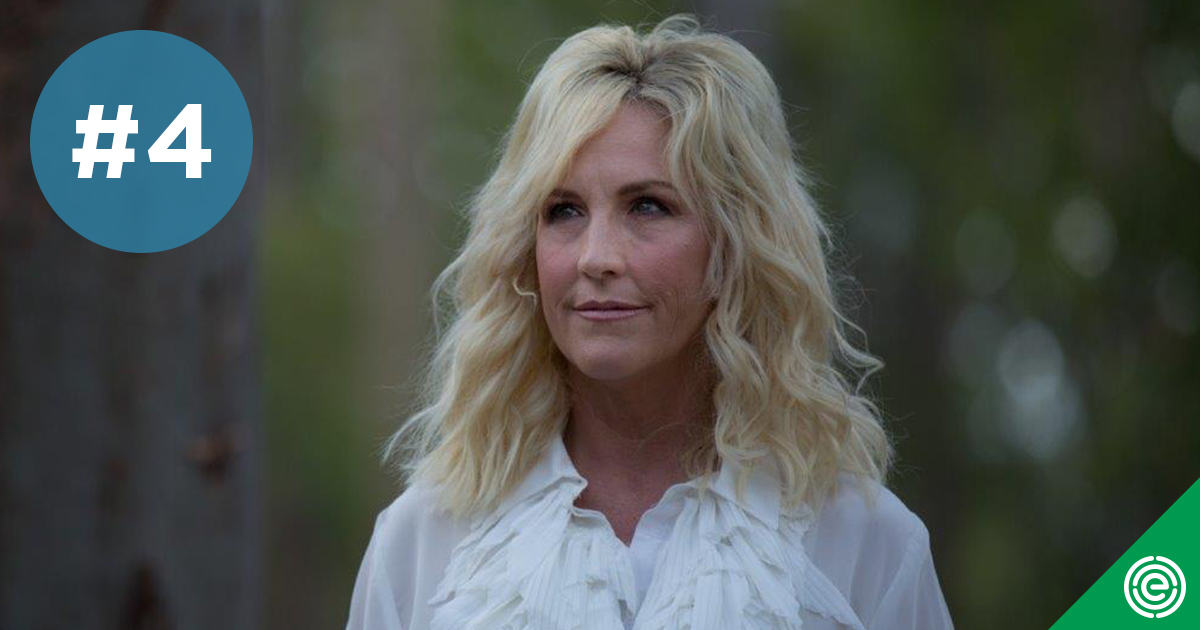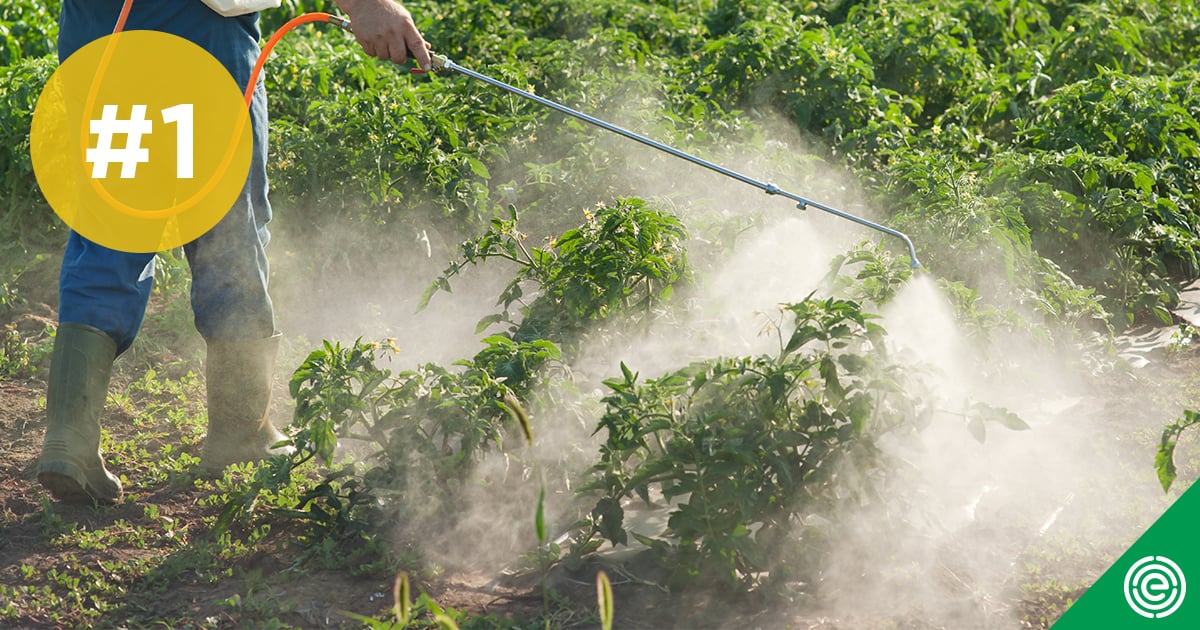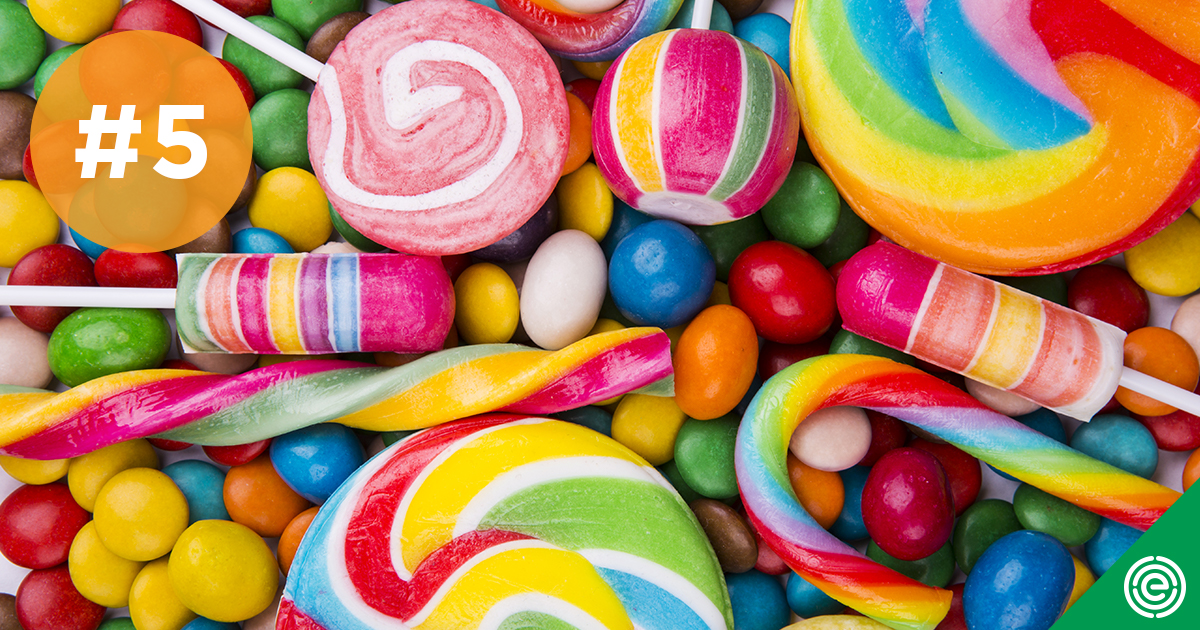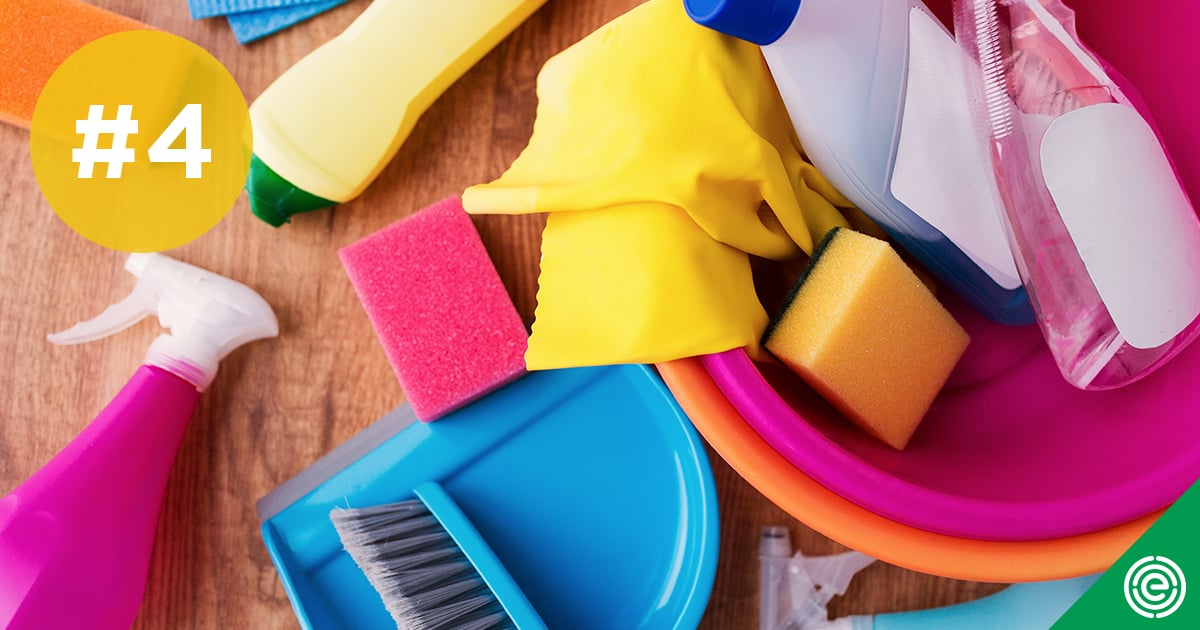
Another 12 months is just about in the books. It was full of moments that impacted health and the environment in a variety of ways. From clean water to Kavanaugh, from Pruitt to “poop lagoons,” EWG has been with you every step of the way, keeping you in the know. As the year comes to a close, it’s time to look back at the most popular stories.
Fact or fiction? A Russian company that’s one of the world’s biggest producers of asbestos (and is tied to Vladimir Putin) was so full of praise for President Trump’s support for continued use of asbestos that they wrapped their product with an image of his face. This really happened, and received more than 3,000 reactions on Facebook (most of which were not happy).
Remember the scene from the film “Erin Brockovich” where the lawyer picks up a glass of water, and Brockovich says: “We had that water brought in ‘specially for you folks?” More than 25 years after that real-life conversation, 200 million Americans still have the cancer-causing compound chromium-6 in their water supply.
Reef madness! Hawaii banned sunscreens containing oxybenzone and octinoxate. The two dangerous chemicals are linked to hormone disruption in people, the bleaching of coral reefs and coral death. Check out the EWG Guide to Sunscreens to learn more about products that contain minerals such zinc oxide and titanium dioxide to filter harmful radiation.
Our second-most popular report of 2018 is all about number 1 on our Dirty Dozen list. Up to 22 different pesticides can be found on a single sample of conventional strawberries. Do you remember what the other items on the list were? Click the image for a refresher about what other foods are included in the Dirty Dozen.
The EWG story of the year was – you guessed it – glyphosate. From DeWayne Lee Johnson’s landmark victory against Monsanto to our reports showing which popular oat-based cereals contain the pesticide, everyone was talking about the cancer-linked chemical. EWG kept you up to date on the latest news about this harmful chemical and how it makes its way into your life.
5 Stories You May Have Missed
When you see “artificial flavors” listed in the ingredients of your food, you may not think “chemicals linked to cancer.” That’s exactly what consumers were getting with the commonly used chemicals benzophenone, ethyl acrylate, eugenol methyl ether, myrcene, pulegone, pyridine and styrene – before EWG and other groups pressured the FDA to institute a ban. Manufacturers have two years to comply with the new standards.
Who would’ve imagined that cleaning could do as much harm as smoking? A study by a team of European researchers found that using chemical cleaning products could harm female workers’ lungs as much as smoking a pack of cigarettes every day for 10 to 20 years.
President Trump’s nominee for White House environmental czar, Kathleen Hartnett White, former chair of the Texas Commission on Environmental Quality, admitted in a 2011 interview that the commission falsified data to make it appear that communities with excessive radiation levels were below the EPA's legal limit for drinking water. According to an EWG analysis of 2010-15 test results from public water systems nationwide, drinking water for more than 170 million Americans contains radioactive elements at levels that may increase the risk of cancer.
In April, EWG visited Capitol Hill to advocate for common-sense regulations on ingredients in personal care products. We were joined by a mother and concerned citizen you may have heard of: Kourtney Kardashian. Kourtney and the production crew from “Keeping Up With the Kardashians” spent the day alongside EWG staff, culminating with Kourtney speaking at a briefing for congressional staff.

The 2018 Farm Bill failed to fully address the farm pollution problem facing rural America. But it is an important step in the right direction and may long be remembered as the “drinking water” farm bill. Significant reform is coming to programs that encourage farmers to protect drinking water. Sens. Debbie Stabenow, Sherrod Brown, Bob Casey, Tom Carper and others played critical roles in what may prove to be the biggest environmental victory of the 115th Congress.
